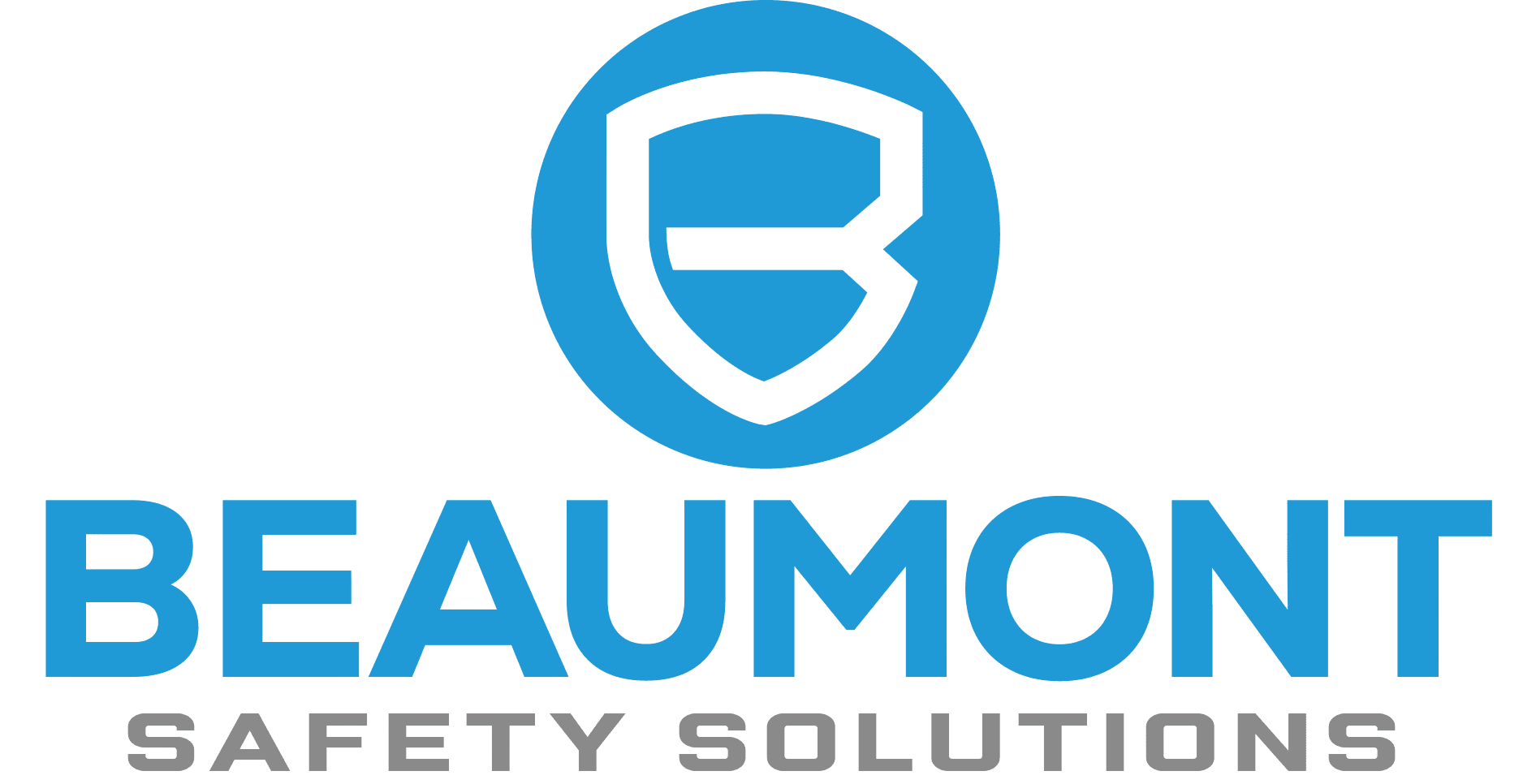It’s not uncommon for employees to feel the pressure to take on tasks outside their usual scope of work. While this can sometimes be seen as a demonstration of initiative and dedication, it can also lead to serious consequences if the tasks are not performed correctly. This is particularly true when it comes to tasks that require specific training and competencies. The Work Health and Safety (WHS) Act emphasizes the importance of ensuring that workers are competent, well-informed, and properly trained to perform their duties safely. In this blog, we will explore why it is crucial to stay within your scope of work and the role of managers and supervisors in maintaining a safe workplace.
Understanding the WHS Act
The WHS Act is a legislative framework that aims to protect the health and safety of workers across various industries. One of the key principles of the WHS Act is that a person conducting a business or undertaking (PCBU) must ensure that workers are provided with the necessary information, training, instruction, and supervision to perform their tasks safely. This means that workers should only undertake tasks for which they have been properly trained and deemed competent.
The Importance of Competency
Competency is defined as having the necessary skills, knowledge, and experience to perform a task safely and effectively. In the context of the workplace, competency is gained through a combination of formal training and practical experience. When workers perform tasks outside their scope of competency, they are more likely to make mistakes that can lead to accidents and injuries. For example, operating heavy machinery without proper training can result in serious injuries or even fatalities.
Information, Training, and Instruction
Providing workers with the right information, training, and instruction is essential for maintaining a safe work environment. According to Safe Work Australia, workers must be provided with all relevant health and safety information about their jobs and their workplace. This includes understanding the potential risks associated with their work, how to work safely, and the safety policies and procedures in place. Training should be tailored to the specific tasks that workers are expected to perform. It should be an ongoing process to ensure that workers remain informed about any changes in work practices or procedures.
The Role of Managers and Supervisors
Managers and supervisors play a critical role in ensuring that workers stay within their scope of work. They are responsible for monitoring and supervising workers to ensure that they are performing their tasks safely and correctly. This includes providing feedback on performance, addressing mistakes in a constructive manner, and encouraging workers to ask questions if they are unsure about how to perform a task. By actively monitoring workers, managers and supervisors can identify when someone is attempting to perform a task outside their scope of competency and intervene before an accident occurs.
The Consequences of Performing Tasks Outside Your Scope
Performing tasks outside your scope of work can have serious consequences, both for the individual worker and the organization as a whole. For the worker, it can lead to injuries, stress, and decreased job satisfaction. For the organization, it can result in increased accident rates, higher insurance premiums, and potential legal liabilities. In some cases, it can also lead to damage to equipment or property, further increasing costs for the organization.
Case Study: The Importance of Staying Within Your Scope
Consider the case of a construction worker who decided to operate a crane without proper training. The worker believed that they could handle the task based on their experience with other types of machinery. However, due to their lack of specific training and competency, they made a critical error that resulted in the crane tipping over, causing significant damage to the construction site and injuring several workers. This incident could have been avoided if the worker had stayed within their scope of work and if the supervisors had been more vigilant in monitoring the tasks being performed.
Best Practices for Ensuring Competency and Safety
To ensure that workers stay within their scope of work and maintain a safe work environment, organizations should implement the following best practices:
- Conduct Regular Training and Assessments: Regular training sessions should be conducted to ensure that workers are up-to-date with the latest safety practices and procedures. Competency assessments should also be carried out to verify that workers have the necessary skills and knowledge to perform their tasks safely.
- Provide Clear Job Descriptions: Job descriptions should clearly outline the tasks that workers are expected to perform and the competencies required for each task. This helps workers understand their responsibilities and the limits of their scope of work.
- Encourage Open Communication: Workers should feel comfortable discussing any concerns or uncertainties they have about their tasks with their supervisors. Open communication helps identify potential issues before they lead to accidents.
- Implement a Buddy System: Pairing less experienced workers with more experienced ones can provide on-the-job training and supervision, helping to ensure that tasks are performed safely and correctly.
- Monitor and Supervise: Managers and supervisors should actively monitor the tasks being performed by workers and provide immediate feedback and correction when necessary (referring to your training matrix). This helps prevent workers from taking on tasks outside their scope of competency.
Conclusion
In conclusion, staying within your scope of work is essential for maintaining a safe and productive work environment. The WHS Act emphasizes the importance of competency, information, training, and instruction in ensuring that workers can perform their tasks safely. Managers and supervisors play a crucial role in monitoring and supervising workers to prevent them from taking on tasks outside their scope of competency. By implementing best practices for training, communication, and supervision, organizations can reduce the risk of accidents and injuries, ultimately creating a safer workplace for everyone.
Contact Adelaide Safety Consultants, Beaumont Solutions, for more information.



